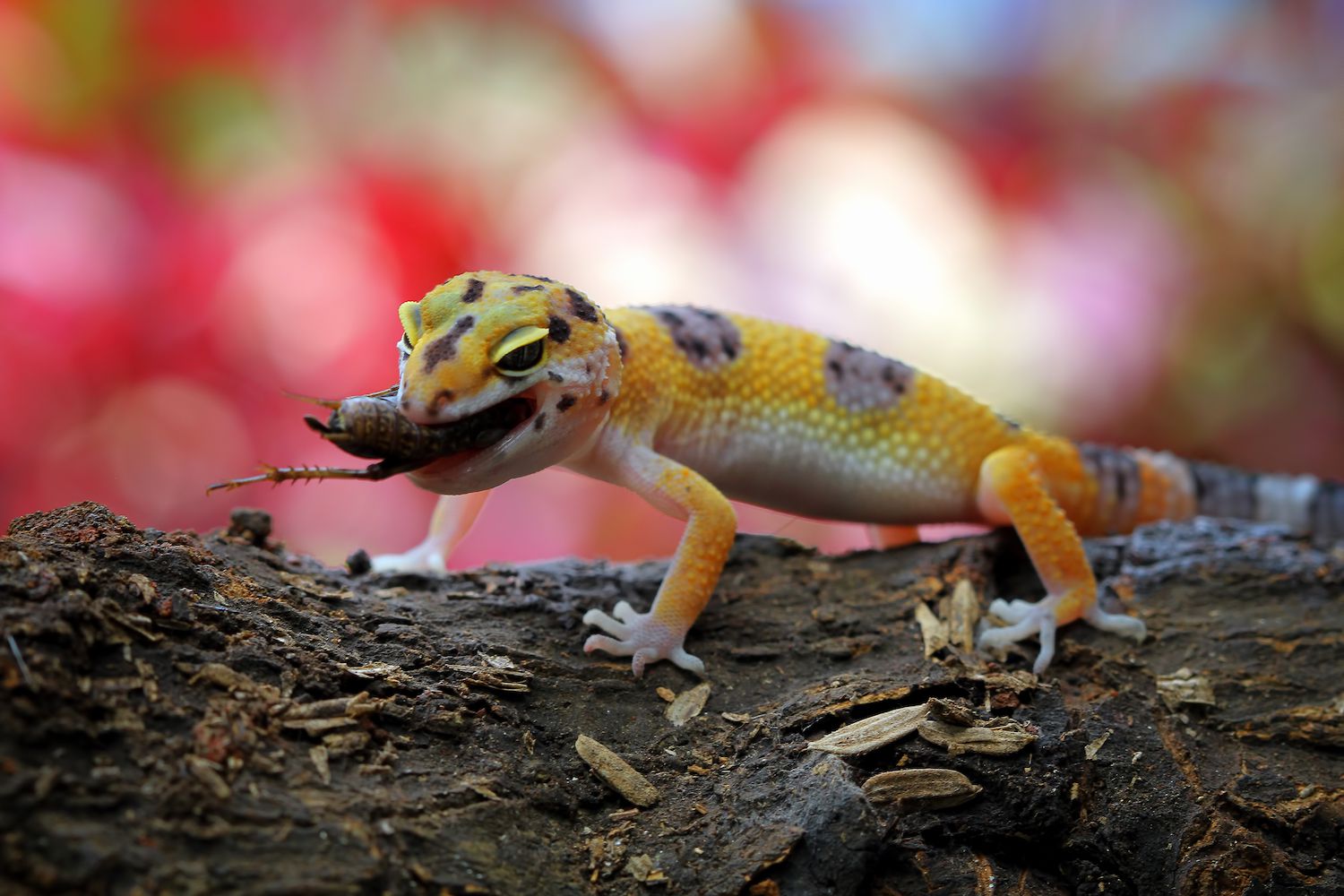

Articles
How To Store Crickets For Gecko
Modified: January 19, 2024
Learn how to properly store crickets for your gecko with this informative article. Find out the best methods and tips to keep your gecko's food supply fresh and healthy.
(Many of the links in this article redirect to a specific reviewed product. Your purchase of these products through affiliate links helps to generate commission for Storables.com, at no extra cost. Learn more)
Introduction
Welcome to the fascinating world of geckos! These charming reptiles make popular pets thanks to their unique appearance and low maintenance requirements. One essential aspect of caring for geckos is providing them with a nutritious and varied diet. While commercial reptile food is readily available, many gecko owners also choose to supplement their pet’s diet with live insects, such as crickets. However, ensuring that the live insects remain healthy and viable for your gecko to consume requires proper storage.
In this article, we will delve into the various aspects of storing crickets for your gecko. We will discuss why proper cricket storage is important, the temperature and humidity requirements for optimal cricket health, choosing the right storage container, creating a comfortable environment, feeding and watering the crickets, cleaning and maintenance, as well as tips for long-term storage. By following these guidelines, you can ensure that your gecko always has a fresh and nutritious food source.
Key Takeaways:
- Proper cricket storage is crucial for maintaining their nutritional value, reducing disease risks, and ensuring they remain enticing prey for your gecko.
- Creating a comfortable environment, providing a balanced diet, and practicing regular cleaning and maintenance are key to long-term cricket storage success.
Read more: How To Store Crickets
Why Is Proper Cricket Storage Important?
Proper cricket storage is crucial for maintaining the health and vitality of the insects, ultimately benefiting your gecko’s well-being. Here are several reasons why it is important to pay attention to how you store your crickets:
- Nutritional Value: Crickets are a rich source of protein and other essential nutrients that your gecko requires. However, if crickets are not stored properly, their nutritional value can deteriorate. By providing them with the right conditions, you can ensure that the crickets remain healthy and retain their nutritional content.
- Preventing Diseases: Improperly stored crickets can become breeding grounds for bacteria, mold, and parasites. These can pose a serious threat to your gecko’s health if ingested. By maintaining clean and hygienic storage conditions, you can significantly reduce the risk of disease transmission to your pet.
- Reducing Stress: Crickets that are stored in cramped, overcrowded, or stressful conditions can become weak and lethargic. When fed to your gecko, these stressed crickets offer less nutritional value and are less likely to stimulate hunting behavior in your pet. By providing a comfortable environment for the crickets, you can ensure that they are strong, active, and enticing to your gecko.
- Cyclical Breeding: If you plan to breed your crickets, proper storage is even more critical. Crickets require specific conditions to maintain their reproductive cycle. By providing them with the right temperature, humidity, and space, you can encourage healthy breeding and ensure a continuous supply of crickets for your gecko.
- Cost Savings: By properly storing your crickets, you can maximize their lifespan and minimize unnecessary loss. This means you won’t have to constantly buy new batches of crickets, resulting in cost savings in the long run.
Now that we understand the importance of proper cricket storage, let’s explore the specific requirements to ensure your crickets remain healthy for your gecko to enjoy.
Temperature and Humidity Requirements
Temperature and humidity play a crucial role in maintaining the health and longevity of crickets. Failure to provide the appropriate conditions can lead to illness, dehydration, or even death. Here are the key considerations for creating the ideal environment:
- Temperature: Crickets thrive in temperatures between 75°F and 85°F (24°C and 29°C). This range ensures their metabolic processes function optimally, allowing them to digest food and reproduce. It’s essential to avoid temperature extremes as high temperatures can cause heat stress, while low temperatures can induce dormancy or lead to death. Using a thermometer, maintain the temperature within the recommended range using heating pads or heat lamps, ensuring there are no direct contact or overheating risks for the crickets.
- Humidity: Adequate humidity is necessary to prevent dehydration and facilitate healthy molting for crickets. The ideal humidity range is between 40% and 60%. You can maintain appropriate humidity levels by misting the cricket enclosure with water or by placing a small water dish for the crickets to drink from. However, be cautious not to oversaturate the enclosure, as excessive moisture can promote bacterial growth or cause fungal issues.
- Ventilation: While maintaining temperature and humidity is important, proper ventilation is equally essential. Good airflow prevents the buildup of stagnant air, which can lead to moisture accumulation and the growth of harmful bacteria or fungi. Ensure there are small openings or breathable materials in the enclosure to allow fresh air circulation. Additionally, avoid overcrowding the container, as it can hinder ventilation and create stressful conditions for the crickets.
Remember to regularly monitor the temperature and humidity using appropriate tools, such as thermometers and hygrometers. Adjustments may be necessary depending on seasonal changes or the specific needs of the cricket species you are keeping. By providing the right temperature and humidity conditions, you can promote the longevity and vitality of your cricket colony.
Choosing the Right Container
When it comes to storing crickets, selecting the appropriate container is vital for their well-being and ease of maintenance. Here are some factors to consider when choosing the right container:
- Size: The container’s size will depend on the number of crickets you plan to house. It should provide enough space for the crickets to move around comfortably without overcrowding. Overcrowding can increase stress levels and lead to aggression or cannibalism among the crickets. As a general guideline, a 10-gallon tank can accommodate around 1,000 adult crickets.
- Material: Opt for a container made from sturdy materials that are easy to clean and sanitize. Glass or plastic containers with smooth surfaces are ideal as they are durable, provide good visibility, and are easily wiped down to maintain hygiene.
- Lid: Ensure the container has a secure and well-ventilated lid. The lid prevents the crickets from escaping while allowing for proper airflow. Look for lids with small mesh openings to prevent the crickets from squeezing through and escaping.
- Accessibility: Consider how easy it is to access the container for feeding, cleaning, and maintaining proper conditions. Containers with removable lids or doors provide convenient access without causing unnecessary stress to the crickets.
- Escape prevention: Crickets are excellent climbers and can escape from containers with loose-fitting or poorly secured lids. Make sure the container you choose has a lid that fits tightly and securely to prevent any escapes. You may consider securing the lid with clips or locks for added security.
It’s important to note that the container should be well-suited to the size of your gecko as well. Ensure it can securely hold the crickets while still allowing the gecko to easily locate and capture its prey. Keep in mind that larger geckos may require larger containers to accommodate a sufficient amount of crickets for their dietary needs.
By selecting the right container, you can provide a comfortable and secure habitat for your crickets, ensuring their well-being and simplifying the process of cricket storage and maintenance.
Creating a Comfortable Environment
To ensure the well-being and optimal health of your crickets, it’s important to create a comfortable environment that mimics their natural habitat as closely as possible. Here are some key factors to consider when setting up their enclosure:
- Substrate: Choose a suitable substrate for the bottom of the container. Avoid using substrates that may be harmful or indigestible to the crickets. Ideal options include paper towels, plain soil, coconut coir, or reptile-specific substrates. Make sure the substrate is dry without excess moisture to prevent bacterial growth.
- Hiding places: Provide hiding places for the crickets, such as cardboard tubes or egg cartons. These hiding spots not only offer shelter but also reduce stress levels and promote a natural environment for the crickets. They can also double as a place for the crickets to lay their eggs if you plan on breeding them.
- Lighting: Crickets are nocturnal creatures and do not require specific lighting conditions. However, it’s essential to provide a consistent light/dark cycle to help regulate their behaviors and maintain their natural rhythm. Natural room lighting or a low-wattage incandescent bulb is typically sufficient.
- Noise and vibration: Crickets are sensitive to noise and vibrations, which can stress them out. Keep their enclosure in a quiet area away from sources of loud noises or constant vibration. This will create a calm and stress-free environment for the crickets.
- Environmental enrichment: Keep your crickets entertained and stimulated by providing environmental enrichments. This can include adding small branches, leaves, or other natural elements for them to climb on. It not only enhances their well-being but also encourages natural behaviors.
Regularly monitor the environment to ensure that the temperature and humidity levels remain within the appropriate range. It’s also important to perform routine checks for any signs of stress, illness, or escape attempts. By creating a comfortable and natural environment, you provide a stress-free and optimal habitat for your crickets, promoting their overall health and longevity.
Store crickets for geckos in a well-ventilated container with egg cartons for hiding spots. Keep them at 70-75°F and feed them fresh fruits and vegetables for nutrition. Remove any dead crickets promptly.
Read more: How To Store Mealworms For Geckos
Feeding and Watering the Crickets
Proper nutrition is essential for the health of your crickets, which in turn ensures that they provide maximum nutritional value for your gecko. Here are some guidelines for feeding and watering your crickets:
- Food: Crickets are omnivorous and require a balanced diet to thrive. Provide them with a high-quality cricket diet that is commercially available. These diets are typically grain-based and fortified with essential vitamins and minerals. Additionally, you can also offer fresh fruits and vegetables as supplementary feed. Avoid feeding them sugary or salty foods, as these can lead to imbalances in their diet and negatively impact their health.
- Water: Crickets need a reliable source of water for hydration. You can provide water to them in a shallow dish with a sponge or water gel, which prevents the crickets from drowning. Alternatively, you can mist the enclosure with water to create moisture that the crickets can drink from. Ensure the water source is always clean and free of contamination. Regularly check and replenish the water to ensure its availability.
- Gut-loading: Gut-loading is the process of feeding crickets nutritious foods before offering them to your gecko. This ensures that the insects are packed with essential nutrients for your pet. Provide gut-loading food items such as fresh greens, carrots, sweet potatoes, or commercial gut-loading diets. Allow the crickets to feed on these items for 24-48 hours before offering them as food to your gecko.
- Supplements: In addition to gut-loading, it’s important to dust the crickets with a quality reptile calcium and multivitamin supplement before feeding them to your gecko. This ensures that your pet receives the necessary nutrients it needs for proper growth and overall health. Follow the recommended dosage instructions on the supplement packaging.
Monitor your crickets’ food and water consumption regularly. Remove any leftover or spoiled food to prevent the growth of bacteria or mold. Providing a nutritious and balanced diet, along with proper hydration, ensures that your crickets maintain their nutritional value and become a healthy food source for your gecko.
Cleaning and Maintenance
Maintaining a clean and hygienic environment is crucial for the health of your crickets and the overall success of cricket storage. Here are some key steps to follow for effective cleaning and maintenance:
- Remove Debris: Regularly remove any uneaten food, dead crickets, or waste from the enclosure to prevent the build-up of bacteria and odors. Use a small scoop or tweezers to collect and dispose of the debris. This also helps maintain a clean and inviting environment for the crickets.
- Spot Cleaning: Perform regular spot-cleaning of the container by wiping down the walls and removing any excess moisture or dirt. This prevents the growth of mold or bacteria and ensures a healthy living space for the crickets.
- Deep Cleaning: Periodically, perform a deep cleaning of the entire enclosure to eliminate any accumulated bacteria. Remove the crickets to a temporary holding container and clean the main container thoroughly. Use a mild reptile-safe disinfectant solution diluted according to the manufacturer’s instructions. Rinse the container well to remove any residue before reintroducing the crickets.
- Replacement: As part of the maintenance routine, replace the substrate regularly to prevent the build-up of waste and potential issues with hygiene. The frequency of substrate replacement will depend on the number of crickets and their waste output. Replace it entirely or perform partial changes as needed.
- Monitor Health: Regularly observe the crickets for signs of illness or stress. Look for abnormalities, such as lethargy, unusual behavior, or discoloration. Remove and isolate any sick or injured crickets to prevent the spread of diseases within the colony.
Remember to always use gloves or wash your hands thoroughly after handling crickets or cleaning their enclosure. This helps prevent cross-contamination and ensures your own hygiene.
By implementing regular cleaning and maintenance practices, you create a clean and healthy environment for the crickets, reducing the risk of disease and promoting their overall well-being.
Tips for Storing Crickets Long-Term
If you need to store crickets for an extended period, such as for breeding or maintaining a constant supply of food for your gecko, here are some helpful tips to ensure their longevity:
- Avoid overcrowding: Ensure that the container is spacious enough to accommodate the number of crickets you intend to store. Overcrowding can lead to aggression, stress, and potential harm to the insects. Providing ample space allows them to move freely and reduces competition for resources.
- Separate males and females: If you are planning to breed the crickets, separate the males from the females to control population growth. Males can become aggressive towards each other, leading to injuries or death. Also, isolating females before they lay eggs allows you to collect and incubate the eggs separately.
- Keep temperatures stable: It’s crucial to maintain a consistent temperature within the recommended range for storing crickets long-term. Sudden fluctuations or exposure to extreme temperatures can have adverse effects on their health and survival. Use reliable heating sources and monitor the temperature regularly to ensure it remains stable.
- Monitor humidity levels: Humidity plays a vital role in the well-being of crickets, even during long-term storage. Regularly check and maintain humidity levels within the recommended range to prevent dehydration or excessive moisture. Adjust as needed to provide optimal conditions.
- Provide regular feedings: Continuously supply the crickets with fresh food and water during long-term storage. Replace or replenish their food source every few days to ensure they have access to a nutritious diet. Remember to gut-load the crickets before feeding them to your gecko to ensure their nutritional content.
- Perform regular checks: Regularly inspect the crickets for signs of illness, stress, or any issues within the enclosure. Check for mold, bacterial growth, or any foreign objects that could pose a risk to the crickets’ health. Remove any sick or injured crickets promptly to prevent the spread of diseases.
- Breeding maintenance: If you plan on breeding the crickets during long-term storage, provide suitable conditions for mating and egg-laying. Offer the necessary hiding spots, substrate, and environmental stimuli to encourage breeding behavior. Collect and incubate the eggs separately to ensure their proper development.
- Rotate stock: To prevent inbreeding and maintain genetic diversity, periodically introduce new crickets to the colony and retire older ones. This helps prevent any potential breeding issues or health problems that can arise from an aging or closely related population.
By following these tips, you can successfully store crickets long-term, ensuring their health, vitality, and readiness as a food source for your gecko or for breeding purposes.
Conclusion
Proper storage of crickets is essential for maintaining their health and ensuring they remain a nutritious food source for your gecko. By paying attention to temperature and humidity requirements, choosing the right container, creating a comfortable environment, feeding and watering them correctly, and practicing regular cleaning and maintenance, you can ensure the longevity and vitality of your cricket colony.
Storing crickets in optimal conditions not only maximizes their nutritional value but also reduces the risk of disease transmission and minimizes stress levels. By providing a clean and hygienic environment, you create a healthy and inviting habitat for the crickets, promoting their overall well-being.
Remember to monitor the temperature, humidity, and overall health of the crickets regularly. Make necessary adjustments and provide proper nutrition to ensure their vitality. Additionally, if you plan to breed crickets or store them for a long time, follow specific guidelines for breeding, maintaining genetic diversity, and rotating the stock to ensure the continued success of your cricket colony.
With proper storage techniques, you can provide a consistent and nutritious food source for your gecko, enhancing its health and well-being. By implementing these tips and strategies, you can enjoy the rewarding experience of caring for crickets and watching your gecko thrive.
Frequently Asked Questions about How To Store Crickets For Gecko
Was this page helpful?
At Storables.com, we guarantee accurate and reliable information. Our content, validated by Expert Board Contributors, is crafted following stringent Editorial Policies. We're committed to providing you with well-researched, expert-backed insights for all your informational needs.
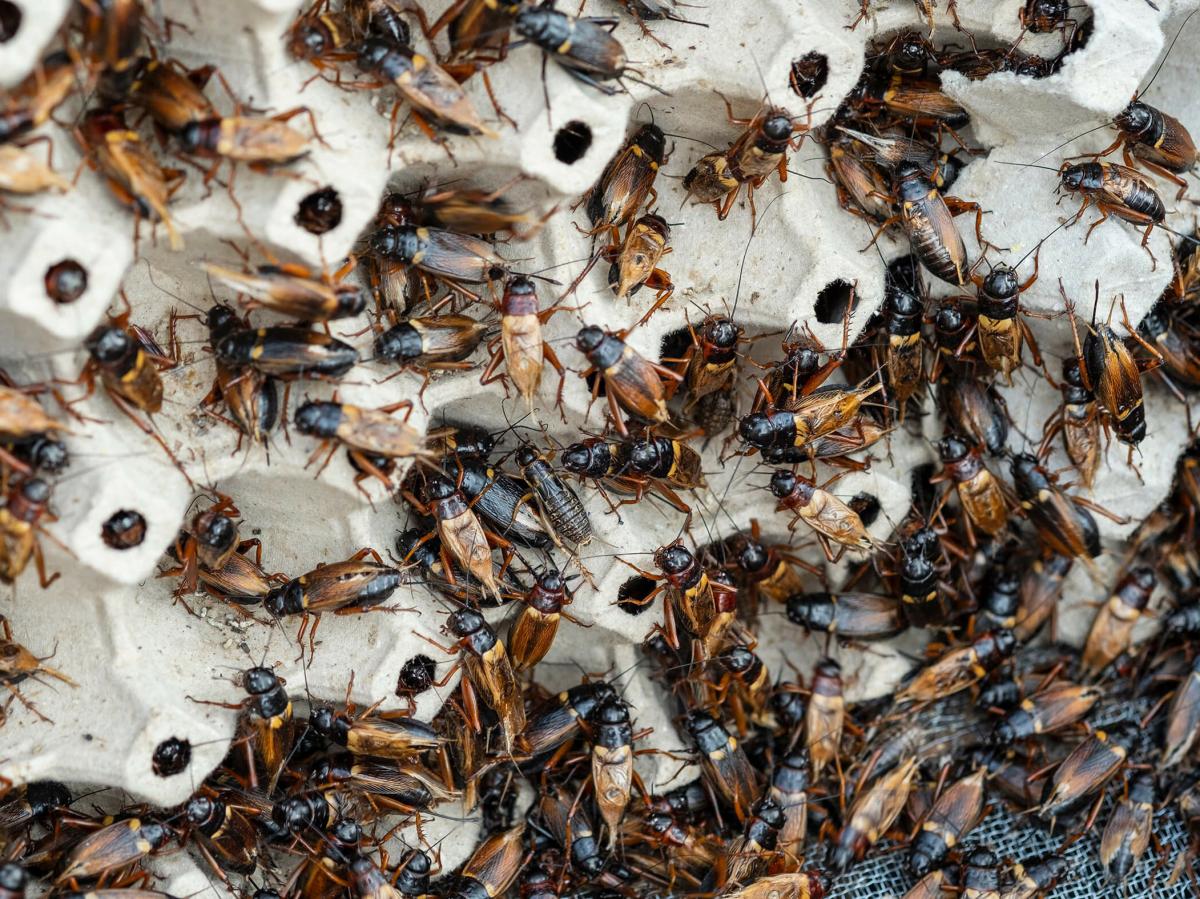
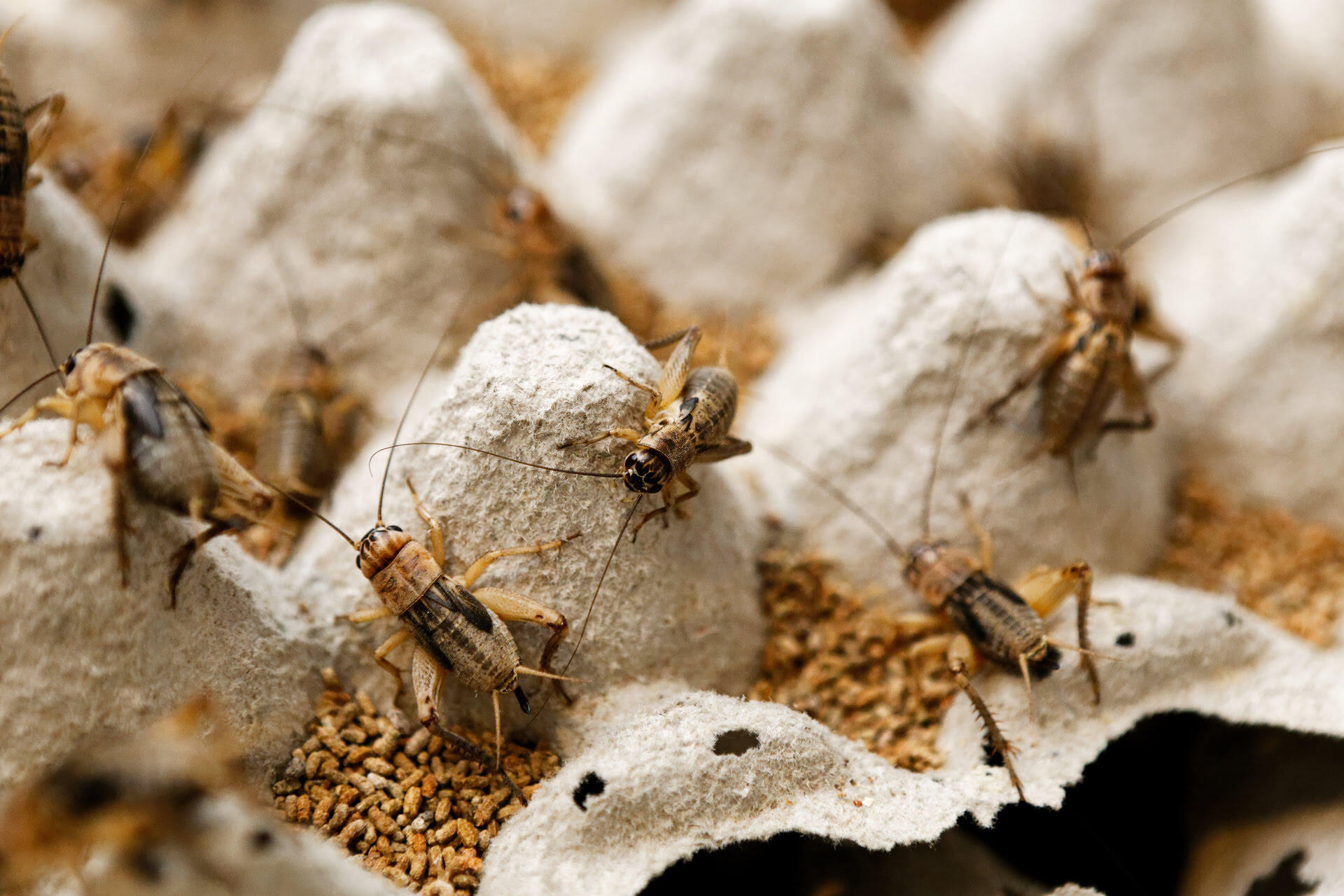
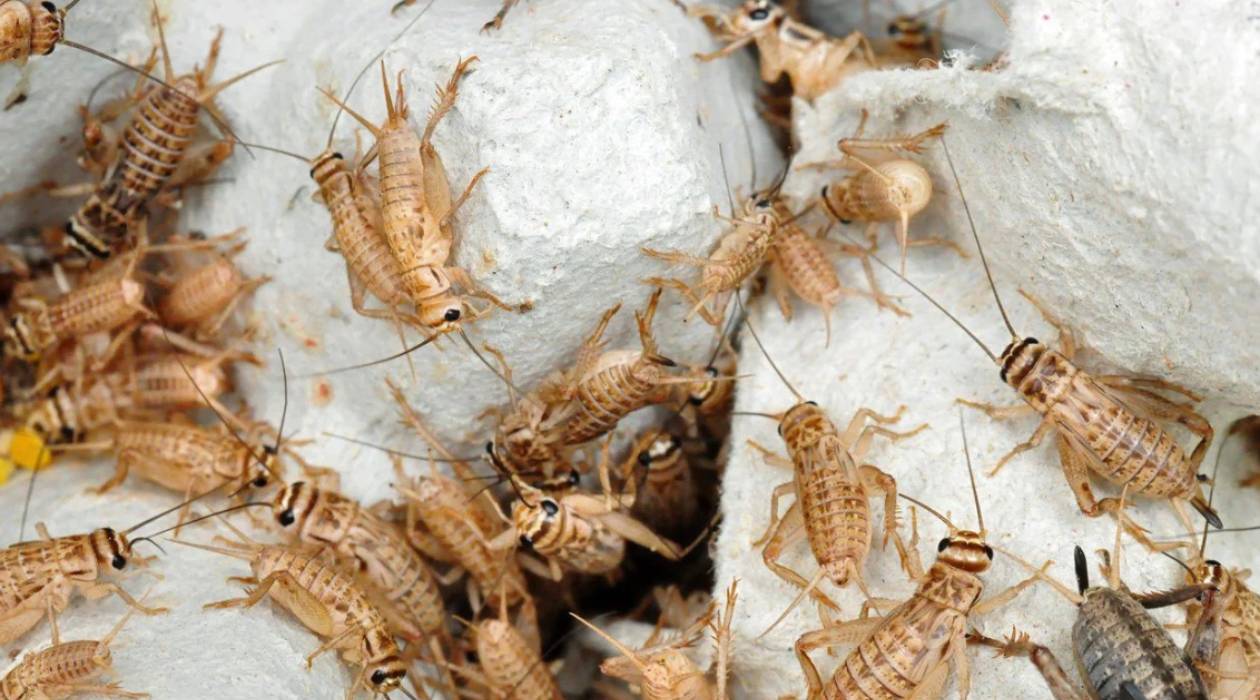
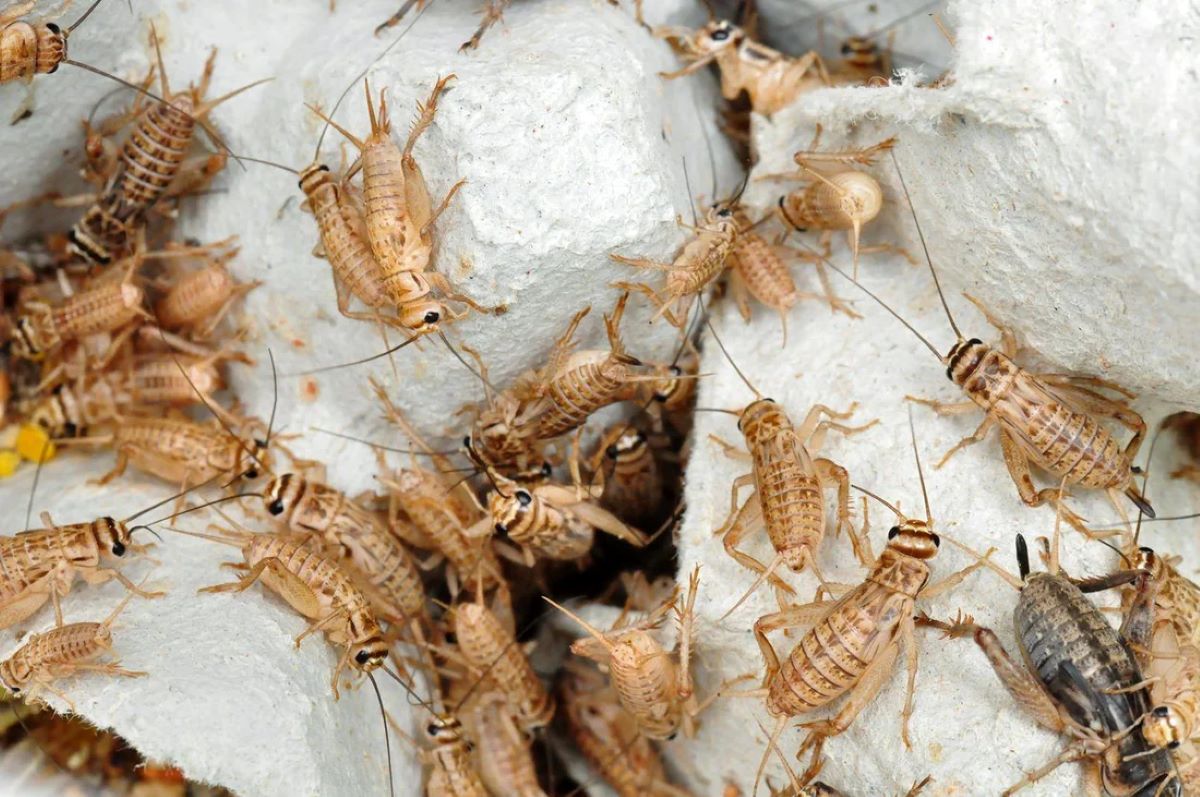
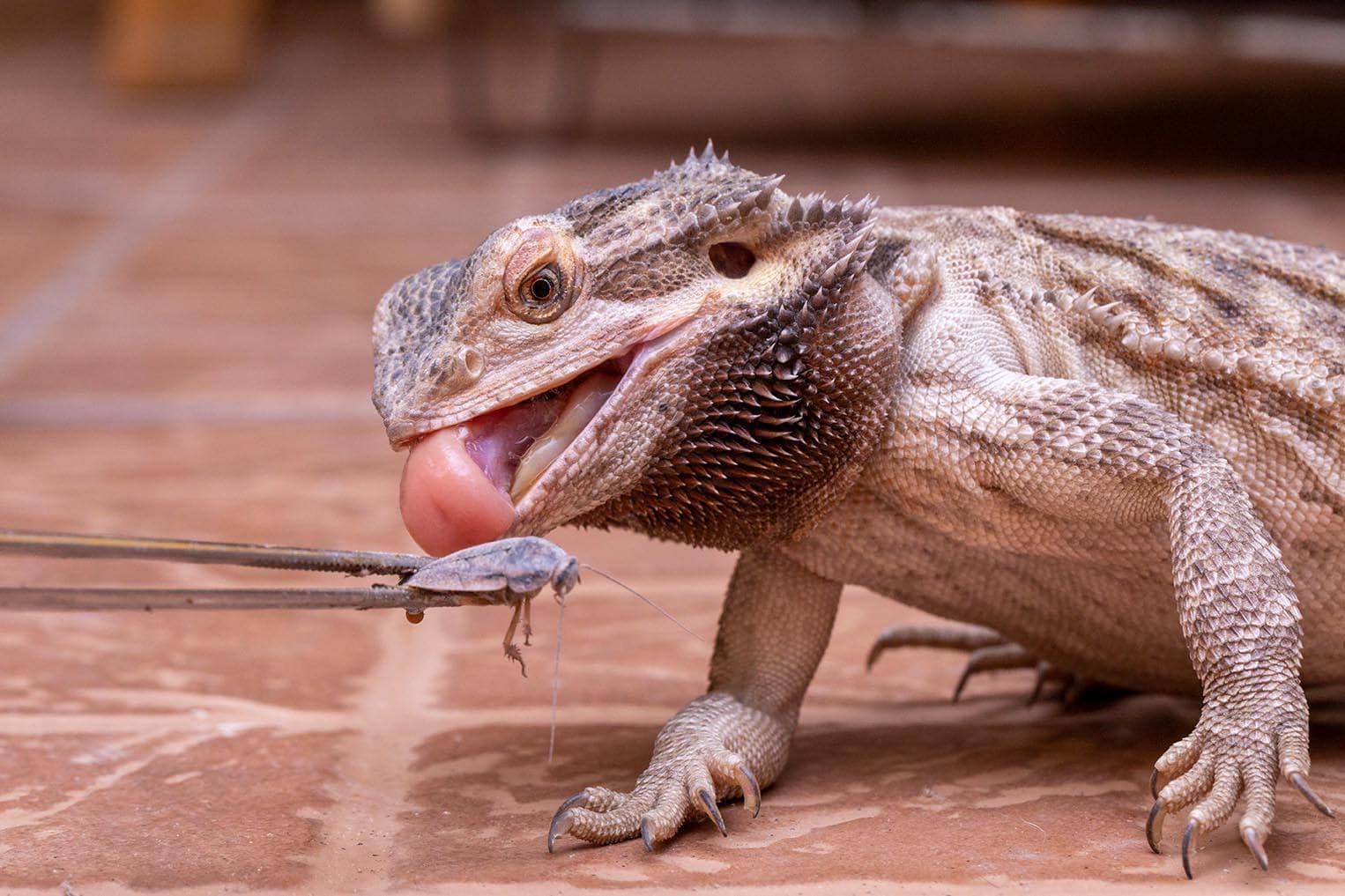
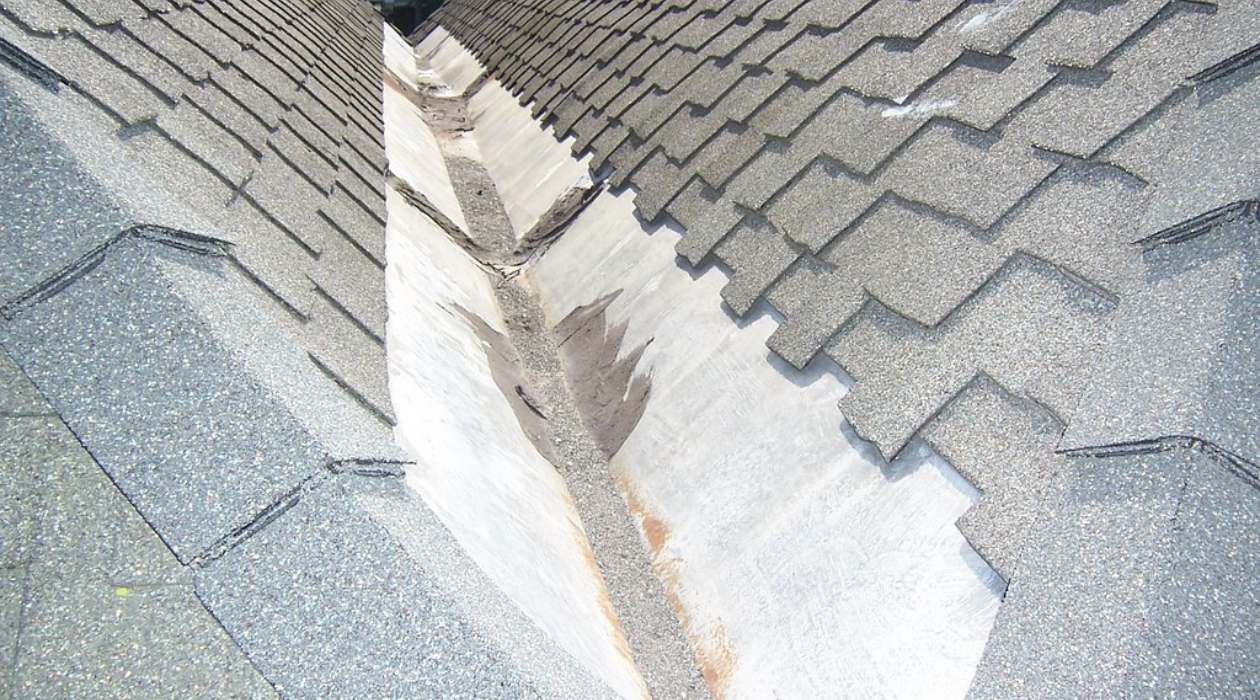
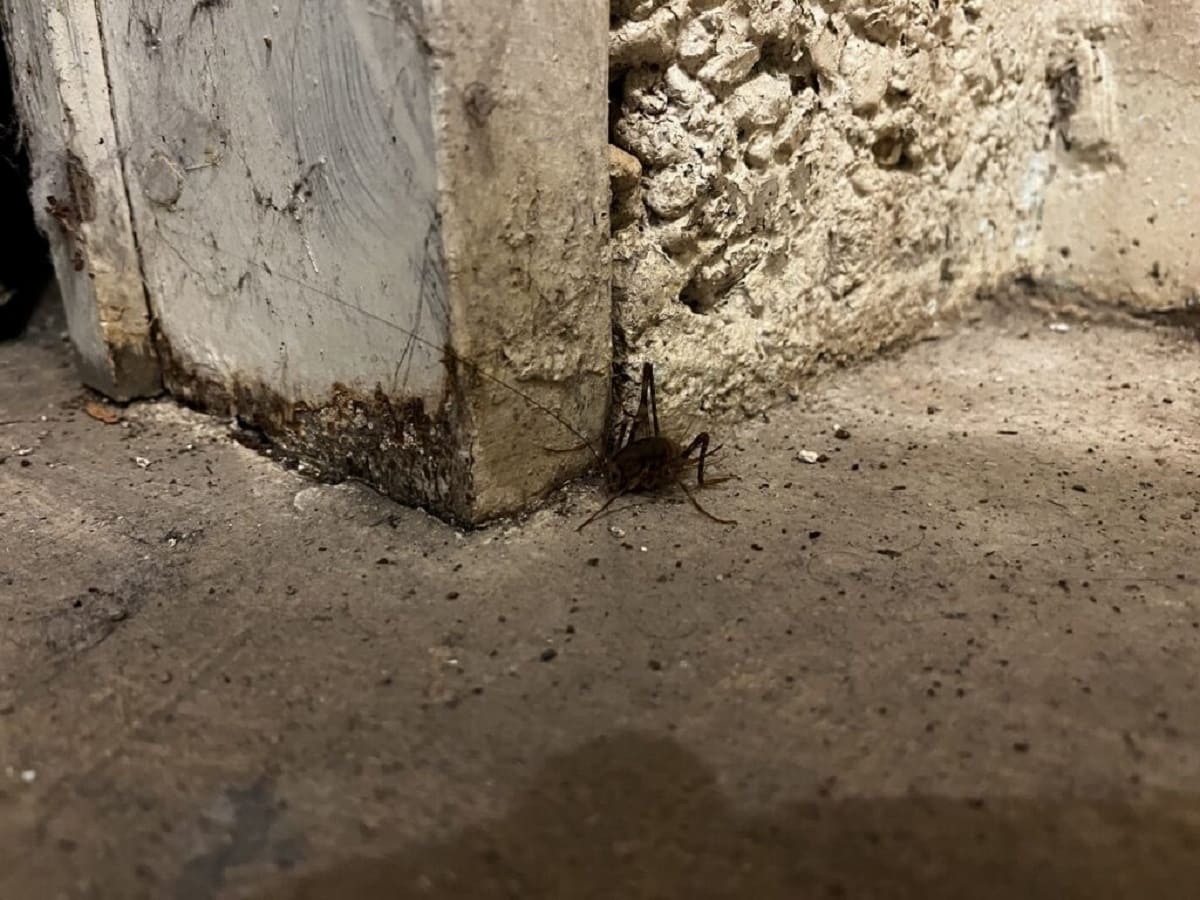


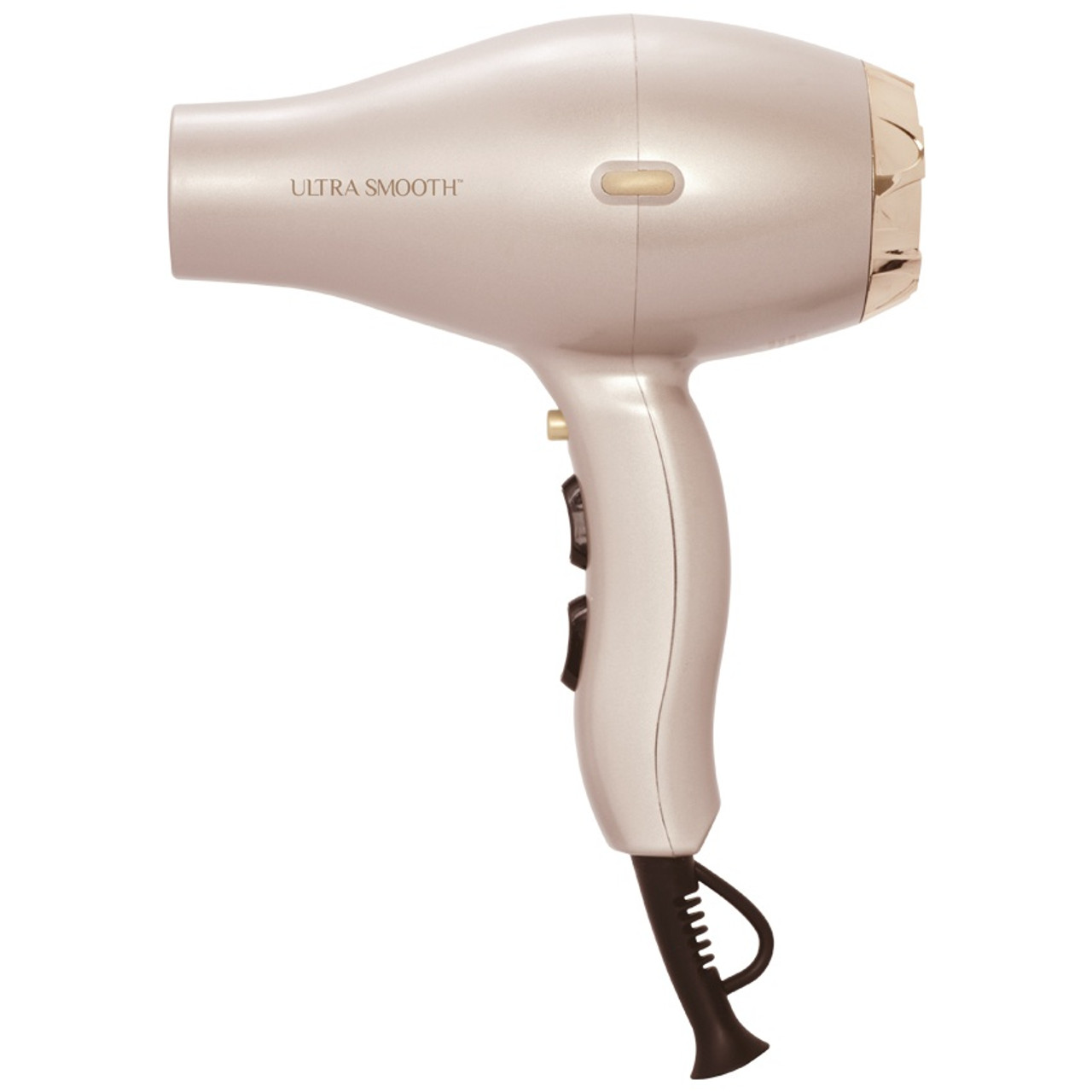
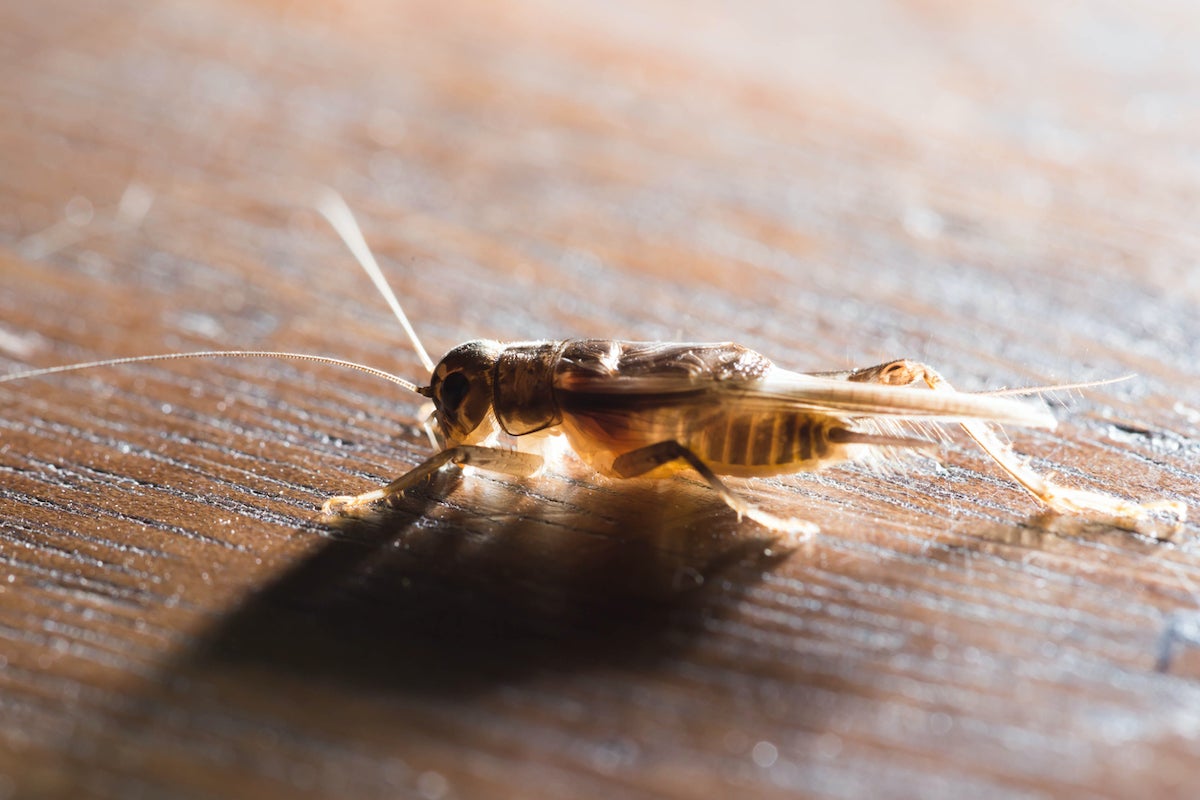
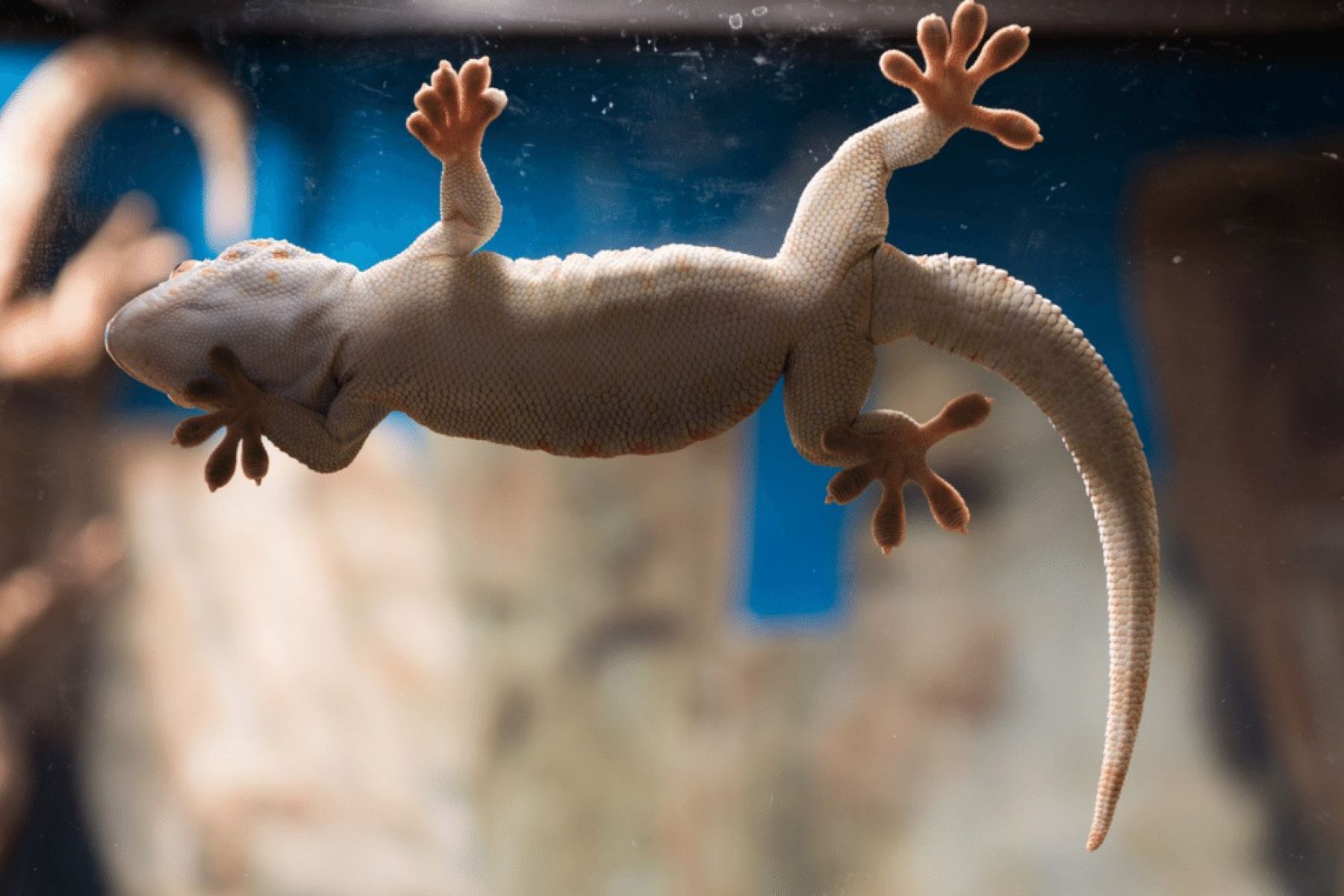
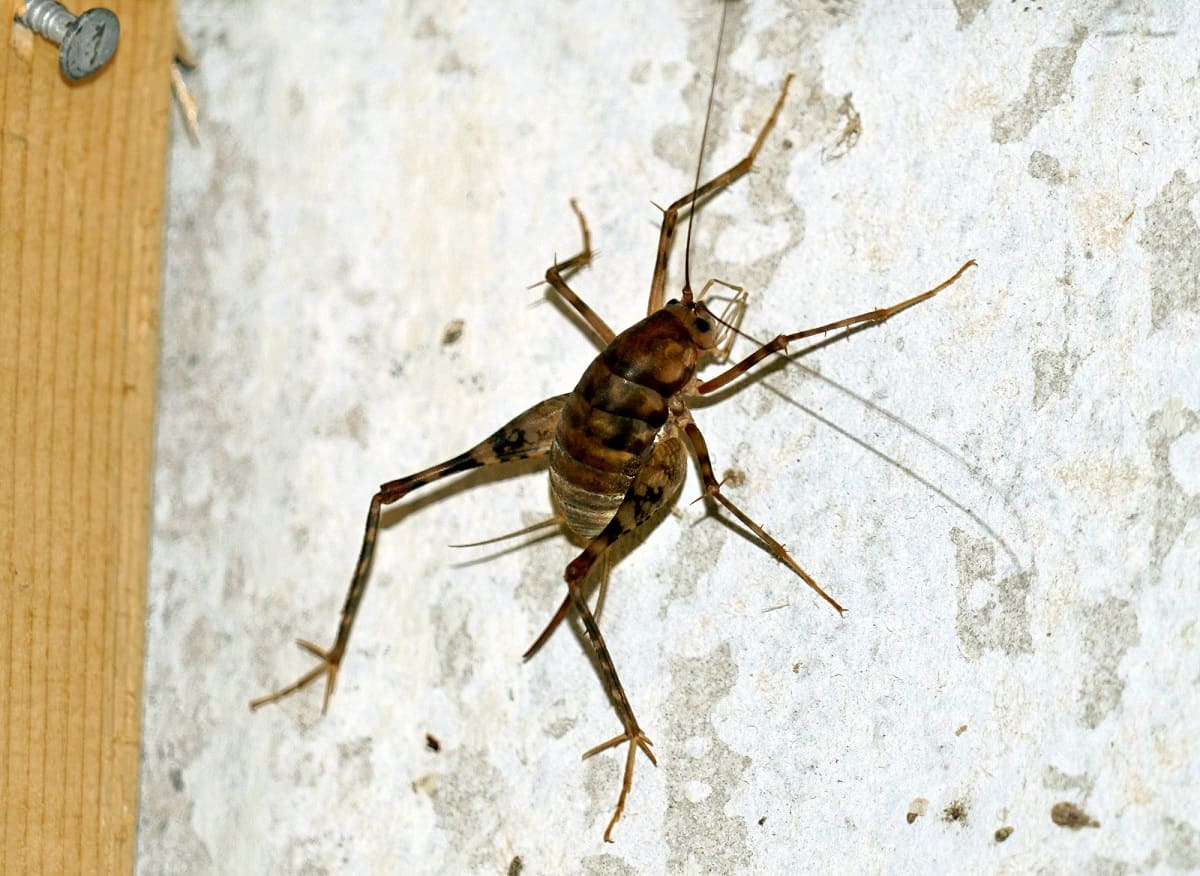


0 thoughts on “How To Store Crickets For Gecko”